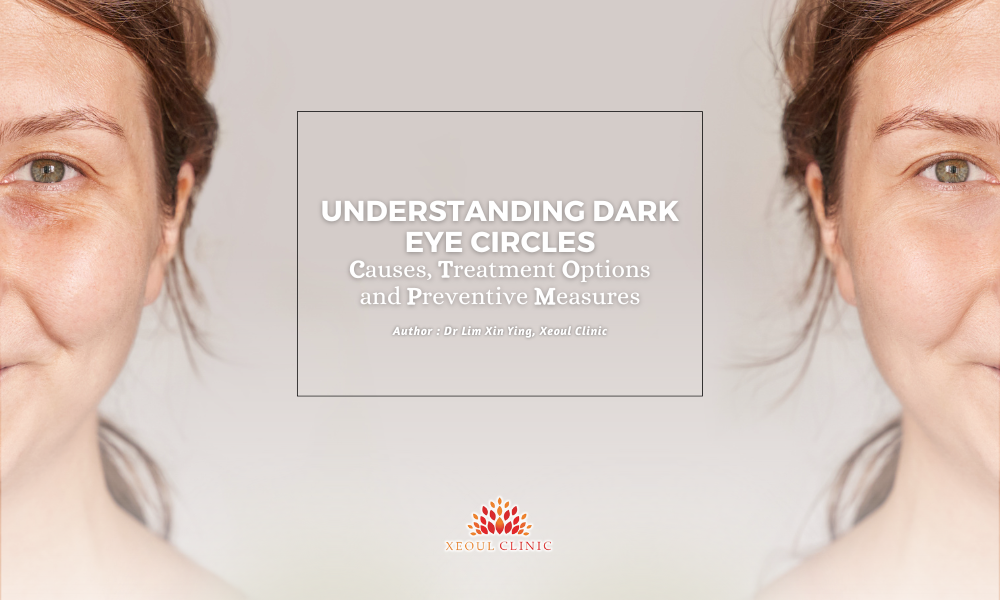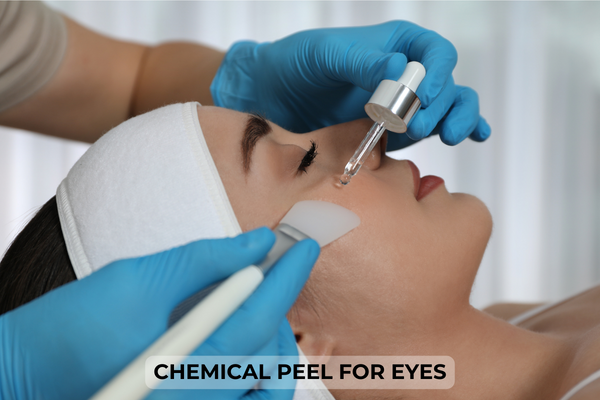Understanding Dark Eye Circles: causes, treatments and preventive measures
Are you tired of seeing those stubborn dark circles under your eyes when you look in the mirror? Dark eye circles, also known as periorbital hyperpigmentation, can be a frustrating cosmetic concern for many people, regardless of age or skin type. These shadows beneath our eyes often leave us looking tired or older than we feel, impacting our confidence and well-being.
In this blog post, we’ll explore what causes dark eye circles, discuss treatment options and provide simple preventive measures. Let’s uncover the secrets behind dark eye circles and tackle this common cosmetic issue together.
Causes of dark eye circles
– Genetics: Some individuals are genetically predisposed to having darker under-eye areas due to their skin tone and structure.
– Age: As we age, our skin loses collagen and becomes thinner, making blood vessels more visible and leading to the appearance of dark circles.
– Allergies: Allergic reactions can cause inflammation and swelling around the eyes, contributing to the formation of dark circles.
– Lifestyle factors: Lack of sleep, dehydration, excessive alcohol consumption, smoking and stress can all exacerbate the appearance of dark eye circles.
Treatment Options for Dark Eye Circles
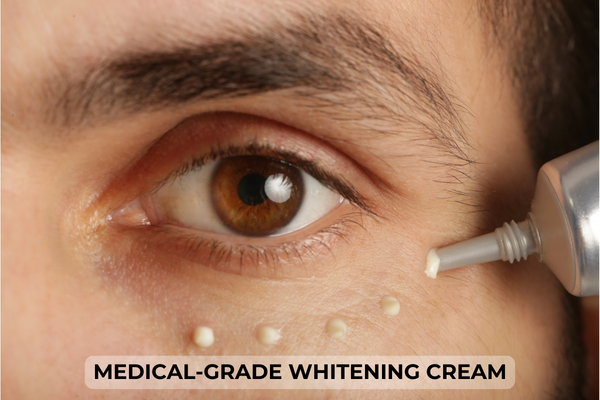
1. Medical-Grade Whitening Creams:
Our clinic provides medical-grade skin lightening creams containing active ingredients like arbutin, tranexamic acid, kojic acid and vitamin C. These inhibit melanin production by suppressing the activity of tyrosinase, thus lightening the hyperpigmentation.
2. Chemical Peels:
Chemical peels involve applying a solution to the under-eye area, promoting controlled exfoliation to reveal brighter, more even-toned skin. Chemical peels containing glycolic acid and lactic acid can help lighten hyperpigmentation and improve skin texture.
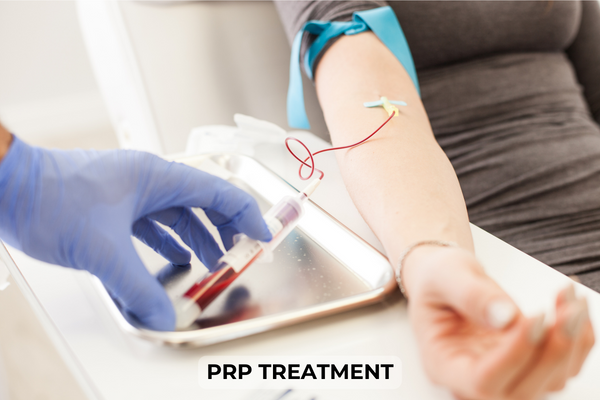
3. PRP Injections:
Platelet-Rich Plasma (PRP) therapy involves extracting platelets from the patient’s blood and injecting them into the under-eye area. Growth factors in platelets stimulate collagen production, promoting tissue regeneration for brighter, more youthful skin.
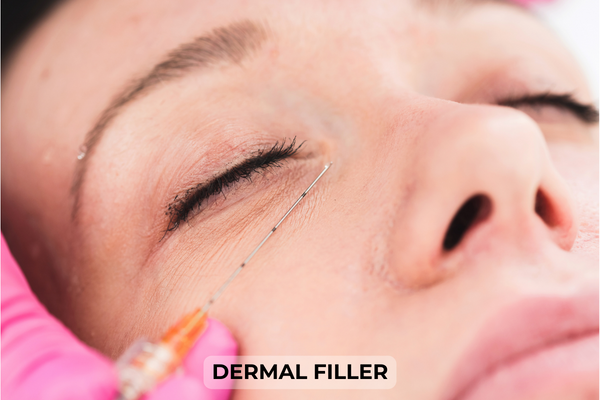
4. Dermal Fillers:
Injectable fillers, such as hyaluronic acid-based products, are used to treat hollows or tear troughs under the eyes. By adding volume and smoothing the transition between the lower eyelid and cheeks, fillers reduce the appearance of dark circles and improve overall eye contour.
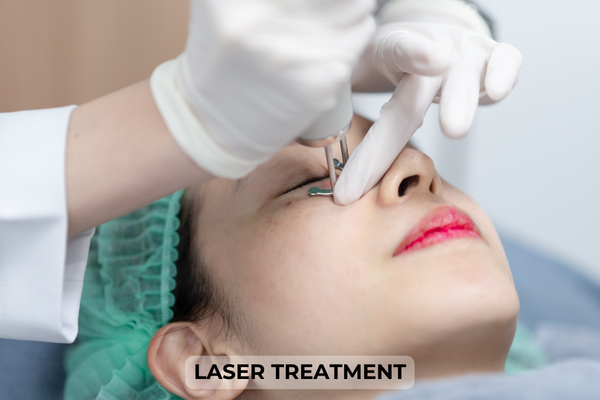
5. Laser Treatments:
Laser therapy targets dark eye circles caused by pigmentation or visible blood vessels. Different types of lasers are used to target different issues. For dark circles caused by excess melanin (pigmentation), we use Q switch NDYAG laser that can target and break up melanin deposits in the skin, resulting in lighter and a more even skin tone. In some cases, dark eye circles are caused by visible blood vessels under the thin skin of eye area. Vascular lasers can be used to shrink these blood vessels, reducing the darkness of under-eye area.
Preventive Measures for Dark Eye Circles
There are several home remedies you can try to prevent dark under-eye circles. While these remedies may not completely remove dark circles, they can improve skin health and reduce puffiness and discoloration.
1. Get more sleep: Aim for 7-9 hours of quality sleep each night to prevent dark eye circles.
2. Sun protection: Apply a broad-spectrum sunscreen with a minimum SPF of 30 daily. Ensure generous application and reapply every 2 hours, especially when you’re swimming or sweating.
3. Gentle skincare: Be gentle when cleansing the skin around the eyes to avoid irritation and inflammation.
4. Avoid rubbing your eyes : Refrain from rubbing or scratching the skin around the eyes to prevent irritation and worsening of dark eye circles.
5. Cold compress: Apply cold spoons to your eyes for a few minutes can help to shrink dilated blood vessels and reduce puffiness and dark circles.
6. Maintain a healthy lifestyle: Stay hydrated, limit alcohol and caffeine intake and quit smoking can help reduce the appearance of dark eye circles.
In conclusion, dark eye circles are a common concern that can impact both our appearance and confidence. However, by understanding their causes and exploring the available treatment options, we can effectively address them. If you’re ready to take the first step towards brighter, rejuvenated under-eye skin, don’t hesitate to reach out to Xeoul Clinic to schedule an appointment with us.
Author: Dr Lim Xin Ying, 7 March 2024 (Xeoul Clinic)

